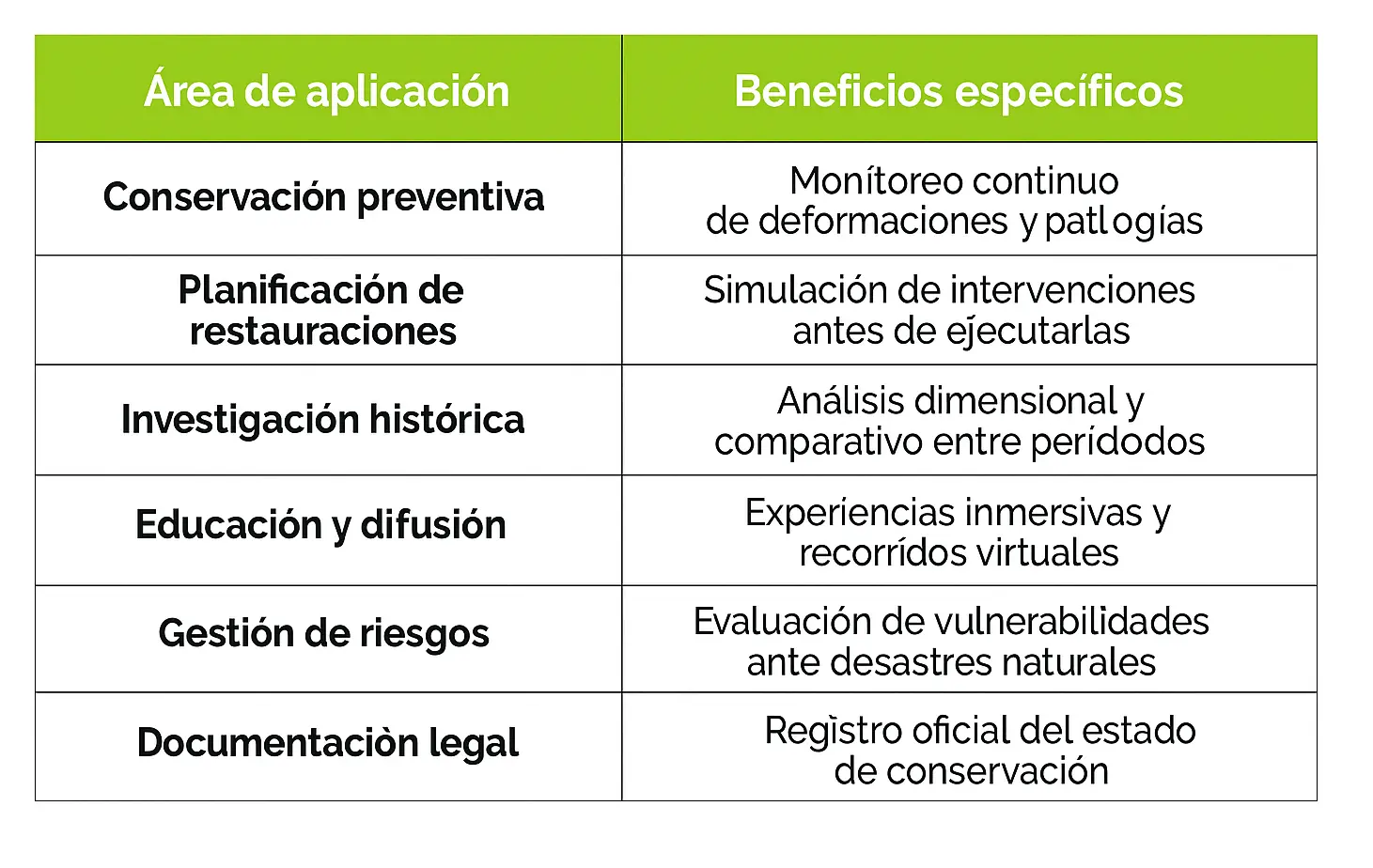How INAH and 3D Technology Protect Mexico’s Historical Monuments
Mexico’s cultural heritage faces constant threats: earthquakes, erosion, pollution, and the passage of time. However, a silent revolution is transforming the way we protect our historical legacy. The Heritage laser scanning and monument digitization have become essential tools for the National Institute of Anthropology and History (INAH) , allowing the creation of precise digital records that ensure the preservation of our cultural treasures for future generations.
This technology not only documents the current state of monuments but also generates digital twins that facilitate research, restoration planning, and continuous monitoring of national heritage.. In Mexico, where more than 110,000 historical monuments are registered, the implementation of these technologies represents a paradigm shift in cultural management.
What Is INAH Doing with 3D Technology?
For over a decade, INAH has promoted the use of 3D laser scanning and photogrammetry to digitize historical and archaeological monuments in Mexico. The program Digital Planimetry Development Using 3D Scanning Technology generates high-precision three-dimensional models that support conservation, restoration, research, and cultural dissemination efforts.
Additionally, INAH’s digital magazine “ 3D Tech” features cases such as the exploration of the tunnel beneath the Temple of the Feathered Serpent in Teotihuacan, where laser scanning has contributed to scientific and heritage documentation.
What Is Heritage Laser Scanning and Why Is It Revolutionary?
The Terrestrial Laser Scanning (TLS) is a technology that uses laser pulses to measure distances with millimetric precision, generating millions of data points that form a three-dimensional point cloud . three-dimensional This technique, combined with photogrammetry , allows the creation of extremely detailed digital models of historical structures.
Advantages of Laser Scanning in Cultural Heritage:
– Exceptional precision: Captures details with up to 1-millimeter accuracy
– Speed of capture: Documents entire structures in days, not months
–Non-invasive documentation: Requires no physical contact with historical surfaces
– Permanent record: Creates enduring digital archives
– Versatilidad de aplicaciones: Desde conservación hasta realidad virtual
The INAH has adopted this technology as part of its preventive conservation strategy, especially after the 2017 earthquakes that affected numerous monuments in states such as Morelos, Puebla, and Mexico City.
Learn more about laser scanning applications in architecture here.
The 3D Digitization Process: From Capture to Digital Twin
The creation of heritage digital twins follows a rigorous methodological process that ensures maximum fidelity and utility of the resulting models.
Phases of the Digitization Process:
- Planning and Surveying Site
– analysis and access conditions
– Definition of objectives and required level of detail
– Coordination with INAH authorities
- Data Capture
– Laser scanning from multiple positions
– High-resolution photography for texturing
– Recording of environmental conditions
- Processing and Modeling
– Merging and cleaning of point clouds
– Generation of polygonal meshes
– Application of photorealistic textures
- BIM Integration
– Development of Building Information Modeling (BIM) models
– Incorporation of historical and technical information
– Creation of associated databases
- Validation and Delivery
– Dimensional accuracy verification
– Complete technical documentation
– Formats compatible with various applications
This process enables the creation of models that not only document geometry but also integrate historical data, materials, pathologies, and conservation recommendations into a unified digital system.
Benefits of Digital Twins in Heritage Conservation
Heritage digital twins offer advantages that go beyond simple documentation, transforming the way researchers, conservators, and cultural managers approach heritage preservation.
Main Benefits:

Impact on Decision-Making:
The availability of accurate 3D models allows INAH specialists to make data-driven decisions, reducing subjectivity in diagnostics and optimizing resources allocated to conservation.
Also read: Learn about the applications of digital twins in different industries .
Complementary Technologies: Photogrammetry and Virtual Reality
The heritage Laser Scanning Is Enhanced When Combined with Other Digital Technologies, creating comprehensive documentation ecosystems that maximize the value of captured information.
High-Resolution Photogrammetry:
The Photogrammetry complements laser scanning by providing high-quality chromatic and textural information. This technique uses computer vision algorithms to reconstruct 3D geometry from photographs and is especially useful for:
– Documenting complex decorative elements
– Recording polychromies and surface finishes
– Capturing details in hard-to-reach areas
– Generating orthophotos for 2D analysis
Applications in Virtual and Augmented Reality:
The digital models generated find innovative applications in:
-Virtual museums: Immersive experiences for remote visitors
– Educational tools: Interactive platforms for students
– Cultural tourism: Augmented tours of historical sites
– Professional training: Simulators for conservators and restorers
This technological integration could position Mexico as a regional leader in monument digitization and digital heritage management.
Future Perspectives:
The future of heritage digitization in Mexico points toward:
– Artificial intelligence: Automated pathology analysis and diagnostics
– IoT sensors: Continuous, real-time monitoring of environmental conditions
– BlockchainCertification and traceability of heritage information
– Cloud computing: Democratized access to 3D models and databases
– Realidad mixta: Nuevas formas de interacción con el patrimonio digital
Conclusion: The Digital Future of Mexico’s Cultural Heritage
The digitization of monuments through heritage laser scanning represents much more than a technological innovation; it is an investment in preserving our cultural identity for future generations. The projects developed by INAH demonstrate that Mexico is at the forefront of applying these technologies, creating a digital legacy that complements and protects our physical heritage.
The millimetric precision of digital twins, their continuous monitoring capability, and the research opportunities these tools offer are transforming heritage conservation from a reactive discipline into a proactive, data-driven one.
Do you have a heritage digitization project or need to document a historical monument? At Foundtech, we have the experience and technology required to create the highest-quality digital records. Explore our services and contact our specialists —discover how we can help you preserve cultural heritage with cutting-edge technology.



